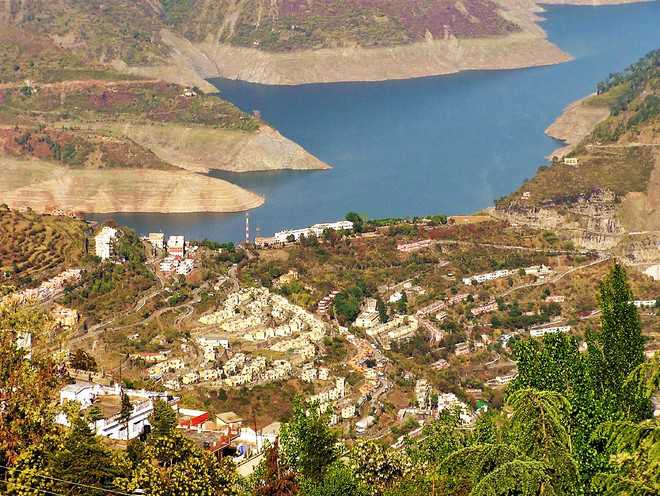Ajay Ramola
Tribune News Service
Mussoorie, February 28
The credit for uniting various warlords of Garhwal into one entity goes to King Ajay Pal, the ruler from the Panwar dynasty who won more than 52 Garhs (forts) and brought them under the rule of the kingdom of Garhwal without disturbing the traditional, social, political and administrative system. It can be said that the kingdom of Garhwal came into being in the second half of the 14th century.
According to OC Handa, author of the book titled “History of Uttaranchal”, King Ajay Pal is known to have introduced several reformative measures to organise his kingdom. He divided the entire area into parganas and pattis and appointed officials to ensure proper administration in each unit. He ruled from 1358 to 1370. Ajay Pal after his defeat at the hands of the ruler of Champawat fled to a mountain peak and meditated and prayed to Lord Shiva standing on one leg. The lord pleased with his penance granted him the boon that he would rule over the land that he could see through his naked eyes. It was after this blessing that Ajay Pal never lost any battle and was able to bring 52 or more Garhs under his flag. Ajay Pal shifted his capital from Chandarpur Garh to Deval Garh and established the tantric yantra of Goddess Raj Rajeshwari at this place. He later shifted the capital to the banks of the Alaknanda and named it Srinagar (now in Pauri Garhwal district) after the 'shriyantra' of Raj Rajeshwari considered auspicious for the dynasty.
Ajay Pal was hailed as a spirited ruler who expanded his kingdom and brought prosperity to his people. It was under Ajay Pal that the rulers of Garhwal became known as the living incarnations of the Badrinath shrine as Bolanda Badri (speaking Badri) and with it, the ritualistic priests known as Rawals and their appointment came under the Garhwal rulers. Ajay Pal is also credited with introducing various social, economic and religious reforms, says historian Arvindar Singh in his book “Myths and Realities of Security and Public Affairs”.
Garhwal also prospered during the rule of Pradip Shah, who ascended to the throne in 1717. He made temporary peace with the Kumaon rulers and governed the kingdom ably. Najib Khan, the ruler from Sharanpur, invaded Garhwal and took the possession of the Dun valley. He continued to control the fertile valley till his death in 1770 after which Dehradun again became part of the Kingdom of Garhwal, according to Sharad Singh Negi, author of the book titled “Uttarakhand: Land and People”.
Another ruler of Garhwal Man Shah is known to have founded the town of Manpur, near Srinagar, and provided a canopy over the Mahdev temple, near Devprayag. King Prithvi Pat Shah, who was considered liberal and religiously tolerant, allowed Father Ceschi, a Jesuit, to build a church at Srinagar and allotted him land for an orchard. Another Jesuit Manucci was of the view that Prithvi Pat Shah had good relations with the Jesuit fathers and had accorded leave to build churches and allowed everyone to profess Christianity. Father Stanislaus Malpique or Malpia, a Jesuit, was allowed to build a church. Prtihvi Pat Shah was a great builder, says Ajay S. Rawat, author of the book "Garhwal Himalayas: A study in historical perspective".
Prithvi Pat Shah was also known to be a great builder and he got a township called Prithvipur built in the Doon valley after his name. His mother Rani Karnawati had established Karanpur village in Dehradun and constructed several tanks and canals in Dehradun, including the Rajpur canal.
Unlock Exclusive Insights with The Tribune Premium
Take your experience further with Premium access.
Thought-provoking Opinions, Expert Analysis, In-depth Insights and other Member Only Benefits
Already a Member? Sign In Now











